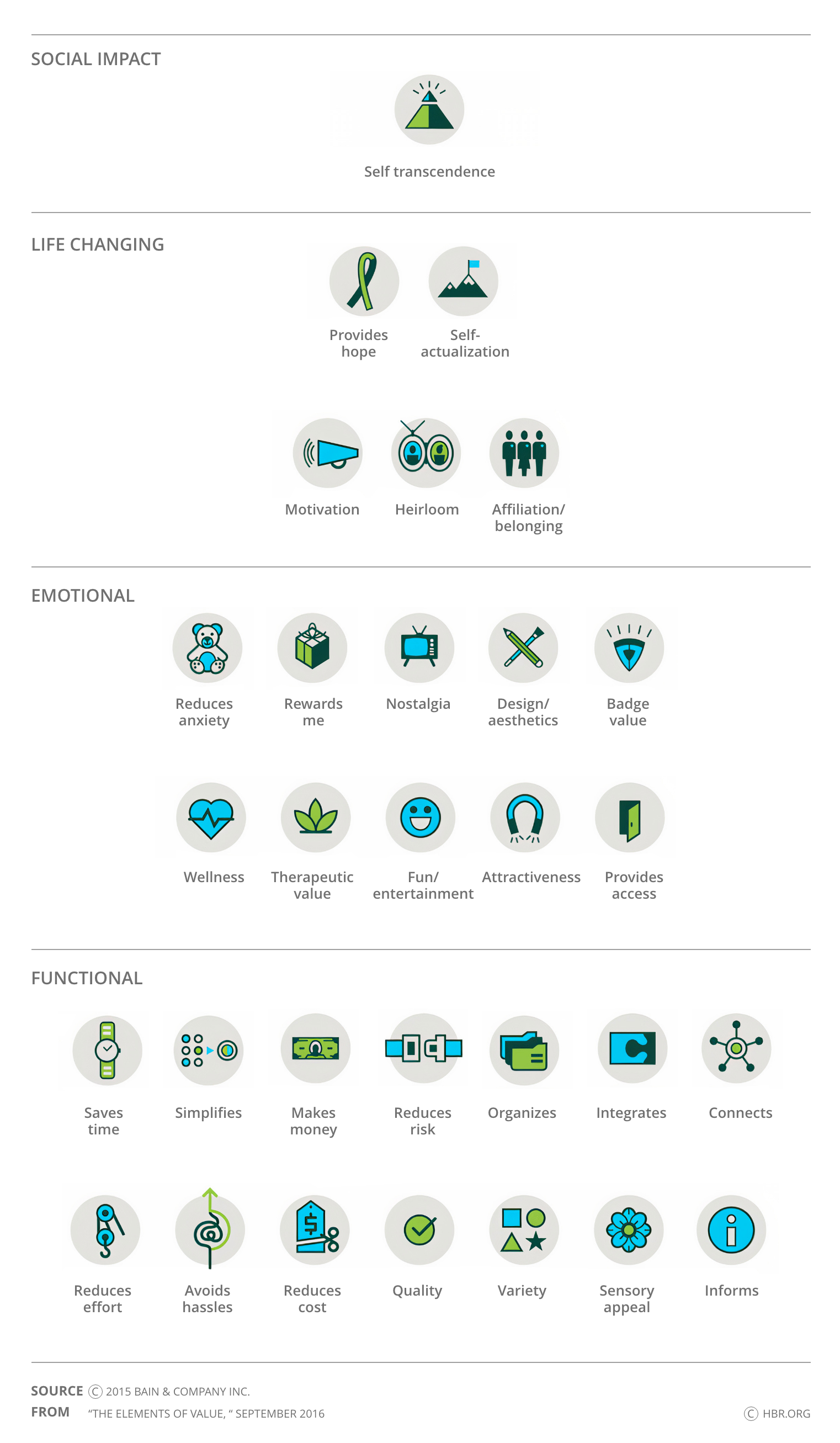This is part 2 of our 10-part blog series on Ecosystems. You can find the other blogs in the series here.
What Defines Value for a Stakeholder?
Value is often seen from the perspective of a customer. This article encompasses the approach to decoding value from a broader organizational perspective, including partners, employees, regulators, and other stakeholders- who are equally important to the longevity of an organization. The true objective of any organization should be value creation for its stakeholders, and as McKinsey pointed out from over a decade ago, “the guiding principle of value creation is that companies create value by using capital they raise from investors to generate future cash flows at rates of return exceeding the cost of capital.” So, how can organizations exponentially drive value? “The faster companies can increase their revenue and deploy more capital at attractive rates of return, the more value they create. The combination of growth and return on invested capital (ROIC) that is relative to its cost is what drives value. Companies can sustain strong growth and high returns on invested capital only if they have a well-defined competitive advantage. This is how competitive advantage, the core concept of business strategy, links to the guiding principle of value creation.” 1
Value is essentially the difference between the output received by the stakeholder with respect to the input put in by the stakeholder. The output, which is the sum of tangible and intangible benefits, will be driven by numerous attributes and the success of an organization lies in understanding these attributes and their relative importance.
These attributes, or elements in which a customer, or any stakeholder values a product, service, an alliance, or even an ecosystem can be spread across multiple factors and can be a combination of two or more factors.
We also need to understand that value is not binary and not absolute. There is no such thing as a product with value and a product without value. Value is defined across a continuum and is always relative.
For example, a company may value a relationship with supplier A more than the relationship with supplier B. They may value product C more than product D. Even though there are multiple models that propose to define value accurately, value must always be measured across a spectrum and must be used only as a relative measure.
To achieve this, value can be obtained by any stakeholder of an organization – customer, partner, regulator, employee, and shareholder, through two concepts –
1) What are the elements of value for the stakeholder?
2) How do they compare with other competitive or complementary products/services?
Here’s a model to answer the above questions, albeit separately, and we can leverage the same to define the value for different stakeholders.
As mentioned earlier, what constitutes as value can differ from customer to customer and is a function of total tangible value, total intangible value, perception of the customer about the benefit, time at which the product or service is used, characteristics of the customer, and the context of the purchase.
Eric Almquist, John Senior, and Nicolas Bloch, partners at Bain & Company, have come up with a framework which identifies the elements of value for customers that can help companies gain an edge. They came up with 30 elements of value that show the fundamental attributes in their most discrete form, which can be broadly classified into four categories – Functional, Emotional, Life Changing, and Social Impact.2
The Elements of Value Pyramid
Products and services deliver fundamental elements of value that address four kinds of needs: functional, emotional, live changing, and social impact. In general, the more elements provided, the greater customers’ loyalty and the higher the company’s sustained revenue growth.

They mention that the value of a product or service can be attributed to one or more of the elements in the value pyramid. As they point out, “when someone says her bank is “convenient”, its value may be derived from a combination of functional elements such as – saves time, avoids hassle, simplifies, and reduces effort. And when the owner of a $10,000 Leica talks about the quality of the product and the pictures it takes, an underlying life-changing element is self-actualization, arising from the pride of owning a camera that famous photographers have used for a century.”3
Most of these value elements are relevant even for other stakeholders too and not solely restricted to understanding value for customers. However, it is also important that we make it more relevant for each of these stakeholders.
Now that we are aware of the roles that customers play in a business ecosystem, in our next article, discover the fundamental role of partners in an organization, and in the ecosystem to maximize value.
Sources
2 The Elements of Value; Eric Almquist, John Senior, and Nicolas Bloch; Bain & Company; August 2016
3 The Elements of Value; Eric Almquist, John Senior, and Nicolas Bloch; Harvard Business Review; September 2016